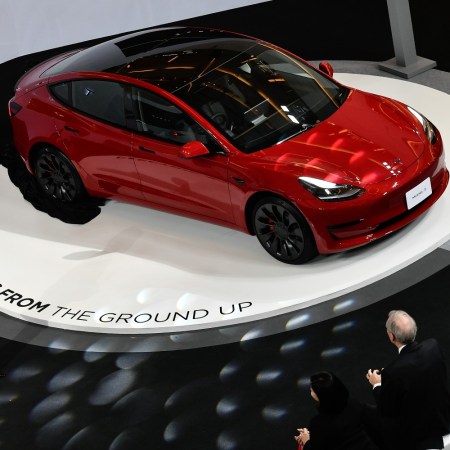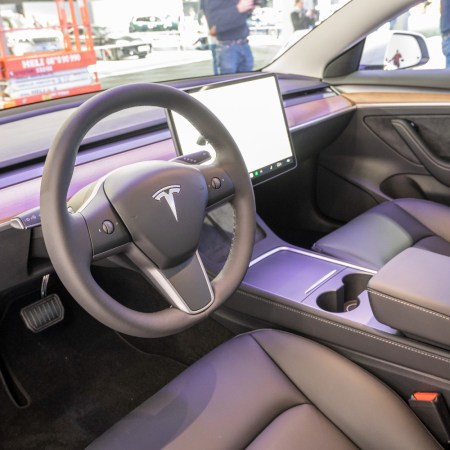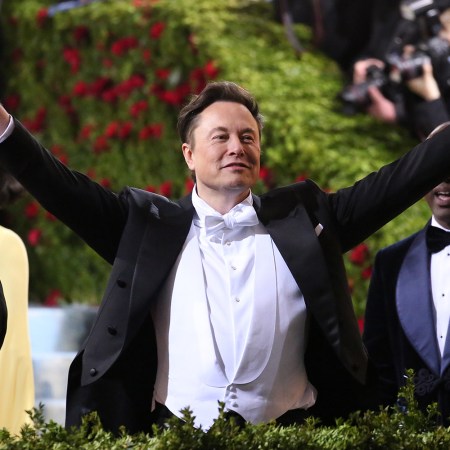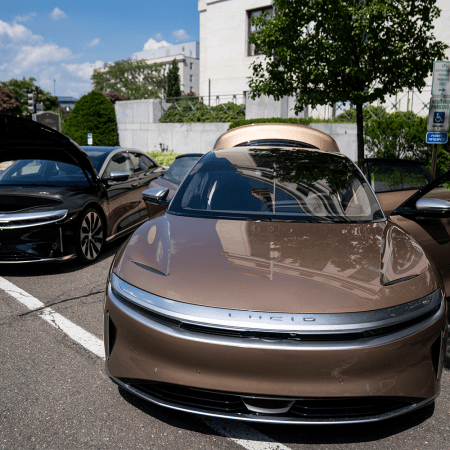Updated o7 June 2017
It remains to be seen if he’ll be able to defeat Elon Musk, but Henrik Fisker — the electric-car industry’s number-one contender — has finally introduced the world to the car he hopes will get him there.
In advance of the release of his aluminum-and-carbon fiber EMotion coupe in August, Fisker has released the first photos of his 161-MPH, 400-mile-range, all-electric luxury car to the public.
According to a release accompanying the images, the car will also feature 360-degree cameras in the car’s side mirrors that offer panoramic views of the road and something called “LIDAR” — a detection method that illuminates foreign objects with a laser and then measures their proximity via a 3D map. In the EMotion, LIDAR could presumably be used as a safety feature or to assist with GPS mapping.
Preorders for the $129.900 e-cars begin on June 30th and they should be delivered in 2018.
Elon Musk is on record stating that he originally wanted to name the first three Tesla models the Types S, E and X. You can probably figure out why. (The E would eventually become the 3 to avoid copyright infringements.)
Fitting, then, that Musk’s biggest rival in the luxury electric car game — Henrik Fisker — is trying to appeal to a different part of the consumer’s psyche with his first model: the EMotion, pictured above.
Following a relaunch of his namesake car company, the auto designer, who recently built a 745-HP supercar for VLF Automotive, has finally revealed his first electric sports car.
With a 161 MPH top speed and 400-mile range, Fisker’s “technology-laden” EMotion will rely on a graphene and lithium ion battery with “unique chemistry” that will be integrated into the vehicle in a “different way” than has previously been seen, Fisker said while speaking with Top Gear.
Further details about the car are scarce, but the first photos Fisker released of the EMotion show a sedan that has LED headlights and a grille-less front end.
What we do know about the EMotion is it probably won’t debut until the second half of 2017, and when it does, it will likely be priced in the range of what a high-end Model S costs, about $100k.
“I think we’re going to go further with the futuristic styling, the packaging possibilities of the electric layout,” Fisker said. “We’re going to go further when it comes to thinking about luxury.”
He also promised more legroom, which is good news for anyone looking to get, uh, emotional in the backseat.
This article was featured in the InsideHook newsletter. Sign up now.





















